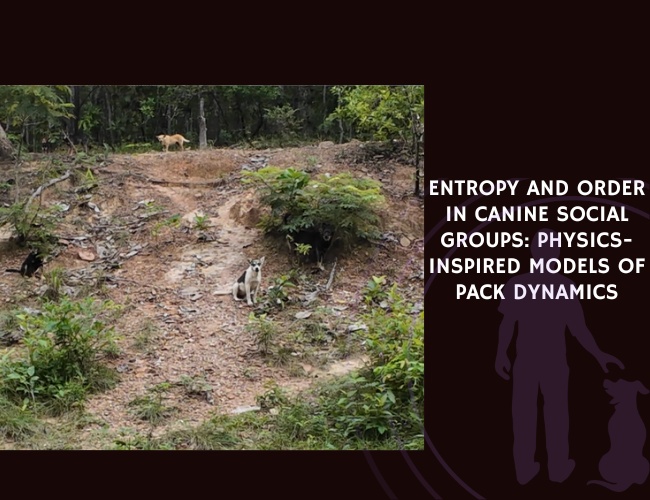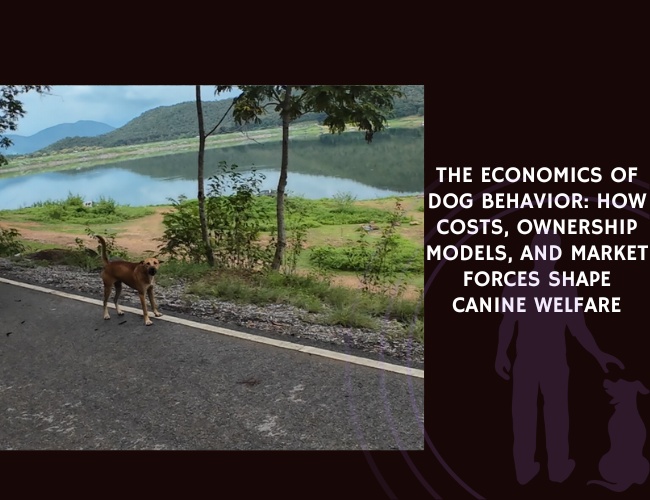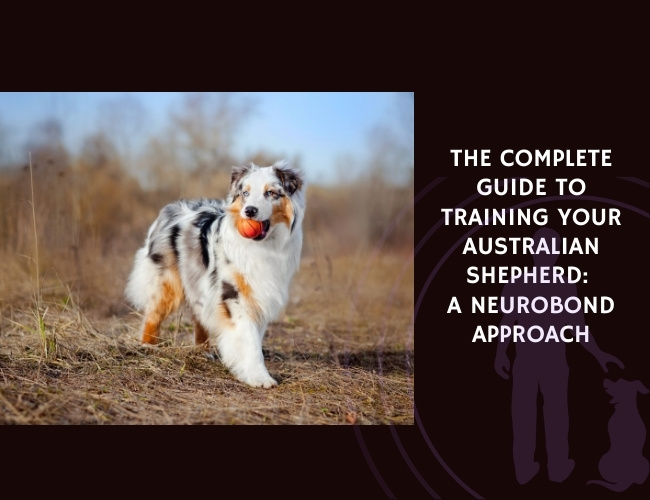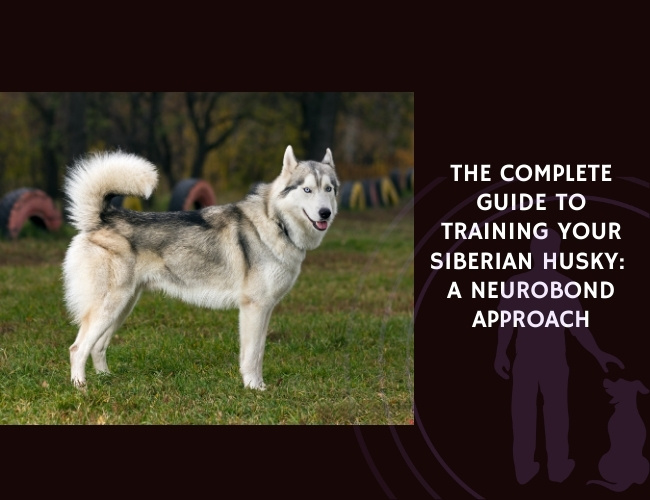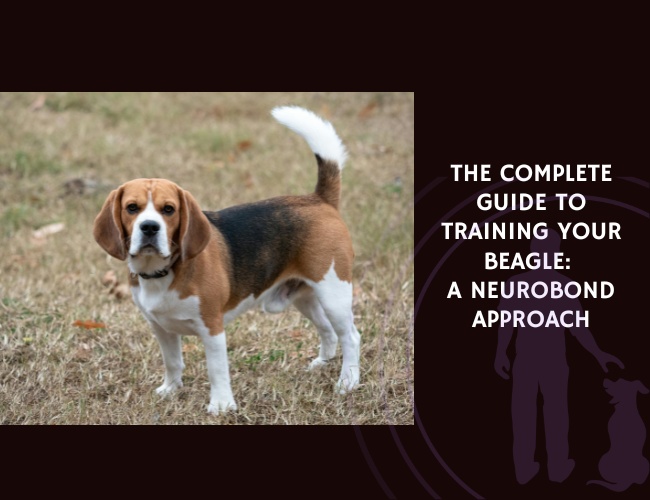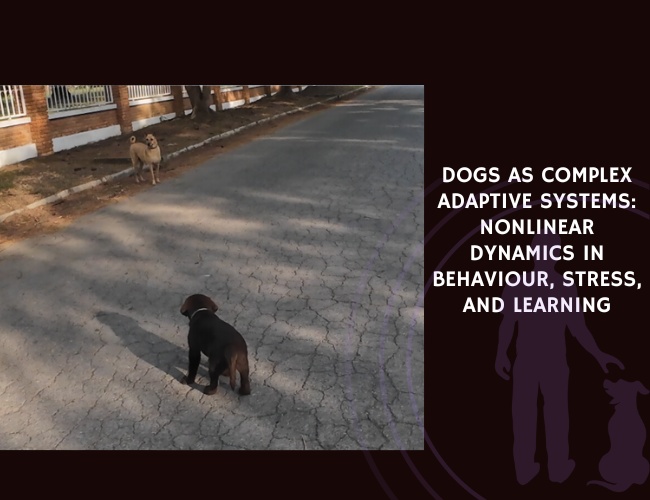Introduction: Beyond the Alpha Myth
For decades, dog owners have been told that their furry friends operate in rigid dominance hierarchies, with “alpha” dogs ruling through intimidation and force. But what if we told you that your dog’s social world is far more nuanced, dynamic, and fascinating than this outdated model suggests? Recent scientific research drawing from physics, complexity theory, and ethology reveals that canine social groups function more like sophisticated adaptive systems, where order emerges not from dominance, but from countless small interactions that create harmony or discord.
Just as water molecules organize themselves into ice crystals or flowing streams depending on temperature and pressure, your dogs create social structures based on their environment, resources, and relationships. This groundbreaking perspective doesn’t just challenge what we thought we knew about dogs – it offers practical insights that can transform how you manage multi-dog households and understand your pets’ behaviors. Let’s guide you through this revolutionary understanding of how your dogs really interact, cooperate, and sometimes conflict with each other.
The Science of Social Order: How Physics Explains Your Dog’s Behavior
Understanding Entropy in Your Pack
When physicists talk about entropy, they’re describing the level of disorder or randomness in a system. You might notice this same principle at work in your own home with multiple dogs. A household with low “social entropy” feels peaceful and predictable – your dogs have established routines, they share space comfortably, and conflicts are rare. Each dog knows their place during feeding time, has their preferred resting spots, and interactions follow predictable patterns.
High entropy signs in your pack:
- Frequent, unpredictable conflicts that seem to erupt from nowhere
- Dogs constantly testing boundaries with each other
- Shifting alliances where yesterday’s playmates become today’s rivals
- Excessive stress signals like lip-licking, yawning, or avoidance behaviors
Low entropy indicators of harmony:
- Synchronized activities like group napping or coordinated alerting to sounds
- Predictable, ritualized greetings and play sequences
- Clear communication signals that other dogs consistently respond to
- Stable preferences for sleeping arrangements and resource access
This entropy concept helps us understand that disorder in a dog group isn’t just about “bad behavior” – it’s about the system lacking stable patterns. Your role as a pet parent becomes less about enforcing dominance and more about creating conditions where natural order can emerge. 🐾
Complex Adaptive Systems: Your Living Room as an Ecosystem
Think of your multi-dog household as a miniature ecosystem, where each interaction between dogs contributes to the overall social climate. This is what scientists call a complex adaptive system – a network where simple local interactions create sophisticated group-level patterns. Did you know that the same mathematical models used to understand ant colonies and bird flocks can help explain how your dogs organize themselves?
Every play bow, every shared toy, every growl or appeasement gesture sends ripples through your pack’s social fabric. These micro-interactions don’t just affect the two dogs involved; they influence the entire household’s dynamics. When your older dog gently corrects a puppy’s overly enthusiastic play, she’s not just teaching that individual – she’s establishing behavioral norms that shape the whole group’s interaction style.
The beauty of understanding your pack as a complex system is recognizing that small, positive interventions can have profound effects. A well-timed treat scatter that encourages cooperative foraging, or creating multiple comfortable resting areas that reduce competition, can shift your entire household toward greater harmony.
Behavioral Indicators: Reading Your Pack’s Social Temperature
Decoding Disorder: When Things Start to Unravel
You’ve probably experienced those moments when the energy in your home shifts – suddenly, dogs who normally coexist peacefully are having tense standoffs, or play sessions escalate into real conflicts. These aren’t random events; they’re symptoms of rising social entropy that you can learn to recognize and address before they reach a tipping point.
Early warning signals of rising disorder:
- Changes in vocalization patterns – more frequent growling, unusual whining, or “arguing”
- Body language becoming stiffer during previously relaxed interactions
- Resource guarding behaviors appearing or intensifying
- One dog consistently avoiding shared spaces they previously enjoyed
The key insight from complexity science is that these behaviors often emerge from environmental stressors rather than inherent personality conflicts. Maybe construction noise has been disrupting nap schedules, or a change in your work routine has altered feeding times. Your dogs’ social system, previously stable, is trying to reorganize itself around these new conditions.
Understanding behavioral cascades is crucial for intervention. When one dog displays stress, it can trigger a cascade effect – their anxiety makes another dog nervous, who then becomes reactive, creating a feedback loop that amplifies throughout your pack. Recognizing these cascades early lets you interrupt them before they destabilize your household’s harmony.
Affiliative Behaviors: Nature’s Peacemakers
While conflict gets our attention, it’s actually the quiet, positive interactions between your dogs that maintain social stability. These affiliative behaviors act like social glue, continuously reinforcing bonds and dissipating tensions before they can build into conflicts. Understanding and encouraging these behaviors is your secret weapon for a harmonious multi-dog home.
The power of positive interactions:
- Mutual grooming sessions, especially around faces and ears
- Synchronized resting, where dogs choose to sleep near each other
- Parallel play with toys or during walks
- Food sharing or allowing others to investigate empty food bowls
- Play invitations that respect the other dog’s response
Research in statistical mechanics shows us that these positive behaviors function like “energy minimizers” in your pack’s social system. Each friendly interaction reduces the potential for conflict, lowering the overall social tension. It’s similar to how regular maintenance prevents mechanical systems from breaking down – these small, positive moments prevent social friction from building to dangerous levels.
You might notice that certain dogs in your household act as “social facilitators” – they initiate play when tension rises, or position themselves between dogs showing early signs of conflict. These individuals are invaluable for maintaining low entropy in your pack. Supporting and rewarding these natural peacemakers strengthens your entire household’s stability. 🧡
Tipping Points and Transitions: When Small Changes Create Big Shifts
Understanding Critical Thresholds in Pack Dynamics
Just as water suddenly transforms into steam at exactly 100°C, your dog pack can experience sudden shifts when certain thresholds are crossed. These tipping points represent critical moments where your household’s social structure can rapidly reorganize – sometimes for better, sometimes for worse. Understanding these dynamics helps you prevent negative transitions and facilitate positive ones.
A tipping point might be triggered by seemingly minor events. Perhaps you brought home a new dog bed, intending to give everyone more comfort, but its placement near a favored window creates unexpected resource competition. Or maybe a brief illness in one dog shifts the social balance, and what was a stable hierarchy suddenly becomes contested territory. These small perturbations can push your pack past a critical threshold if the system lacks resilience.
Common tipping point triggers:
- Introduction of a new pet (dog, cat, or other)
- Changes in household human membership
- Altered daily routines affecting feeding or exercise
- Health changes in any pack member
- Environmental stressors like moving homes or renovations
- Seasonal changes affecting activity levels
The fascinating aspect of tipping points is their non-linear nature – the response isn’t proportional to the trigger. A tiny change might have no effect for weeks, then suddenly catalyze a complete reorganization of your pack’s social structure. This is why consistency in management is so crucial; it keeps your system well away from these critical thresholds.
Feedback Loops: The Engines of Change
Your dogs’ interactions create feedback loops that can either stabilize or destabilize their social system. Positive feedback loops amplify behaviors – aggression breeding more aggression, or play encouraging more play. Negative feedback loops dampen extremes, like when appeasement gestures defuse tension. Understanding these mechanisms lets you actively shape your pack’s dynamics.
Destructive positive feedback cycles can escalate quickly. One dog guards a toy, another responds with increased assertiveness, the first dog escalates further, and suddenly you have a serious conflict. But positive feedback can also work in your favor – when dogs engage in mutual play, the fun and excitement encourage more playful interaction, strengthening social bonds and reducing overall tension.
Constructive negative feedback appears in many forms in healthy packs. A play bow that invites re-engagement after play gets too rough, a deliberate look-away that signals non-threat, or a shake-off that releases tension – these behaviors interrupt escalation and return the system to equilibrium. You can support these natural regulatory mechanisms by rewarding calm responses and de-escalation behaviors.
The remarkable thing about feedback loops is how they create self-organizing patterns in your pack. Without any conscious planning, your dogs develop routines and interaction patterns that either promote stability or perpetuate conflict. By understanding these dynamics, you become less of a rule enforcer and more of a conductor, guiding the natural flow of social energy toward harmony.

Resource Dynamics: The Physics of Sharing and Competition
Space as a Critical Resource
The physical environment profoundly influences your pack’s social entropy. Space isn’t just about square footage – it’s about how that space is organized, what resources it contains, and how it allows or restricts movement and interaction. Think of your home’s layout as the “boundary conditions” that shape all possible social configurations.
Limited space increases social pressure, much like compressing gas molecules increases temperature and pressure in physics. When dogs can’t easily avoid each other during tense moments, conflicts become more likely. But it’s not just about having more room – it’s about creating functional spaces that serve different social needs.
Optimizing spatial dynamics:
- Multiple resting areas at different heights and locations
- Clear pathways that prevent “bottlenecks” where dogs must squeeze past each other
- Visual barriers that allow dogs to take breaks from social visibility
- Separate feeding stations that prevent competition while eating
- Quiet zones where individuals can retreat when overwhelmed
You might notice that certain areas of your home become “hot spots” for conflict – perhaps a narrow hallway where dogs must pass closely, or a prized spot by a window. These locations have high “social energy” and are more likely to trigger disputes. By identifying and modifying these areas, you can significantly reduce your household’s entropy.
Food Distribution and Social Stability
Food resources act as powerful organizers of social behavior, creating what physicists would call “potential energy landscapes” in your pack. The way you distribute food doesn’t just affect nutrition – it fundamentally shapes your dogs’ social relationships and daily interaction patterns.
The physics of feeding dynamics reveals that scarcity creates competition, but artificial abundance can also destabilize established patterns. When resources are unpredictable, dogs invest more energy in competition and resource guarding. Conversely, predictable and adequate resources allow dogs to relax their vigilance and invest in positive social behaviors.
Consider how different feeding strategies affect your pack’s entropy:
- Synchronized feeding in separate locations reduces competition while maintaining group cohesion
- Puzzle feeders that require problem-solving can redirect competitive energy into individual challenges
- Treat scatters that encourage collaborative foraging build cooperative behaviors
- Predictable meal schedules reduce anxiety and anticipation-based conflicts
The distribution pattern matters as much as the quantity. Research on resource distribution in animal groups shows that clustered resources create competition hotspots, while distributed resources encourage more peaceful coexistence. This principle applies whether you’re placing water bowls, toys, or comfortable resting spots around your home.
Human Influence as a Stabilizing Force
Your presence and actions serve as external forces that profoundly shape your pack’s dynamics. Like a magnetic field organizing iron filings, your consistent behavior patterns create structure in your dogs‘ social world. But this influence can either reduce or increase entropy, depending on how it’s applied.
Consistent human mediation acts as a powerful entropy-reducing force. When you reliably intervene at early signs of tension, provide predictable routines, and fairly distribute attention and resources, you create a stable framework within which your dogs can organize themselves. Your dogs learn to trust the system, reducing their need for competitive behaviors.
However, inconsistent or reactive human intervention can actually increase disorder. If you sometimes allow resource guarding but sometimes punish it, or if different family members have conflicting rules, you’re introducing randomness that prevents your pack from establishing stable patterns. This inconsistency forces your dogs to constantly test boundaries and renegotiate their relationships.
The most effective approach mirrors principles from complexity science: provide clear, consistent boundary conditions while allowing natural self-organization within those boundaries. You’re not imposing rigid dominance hierarchies but creating an environment where cooperative behaviors are rewarded and peaceful coexistence is the path of least resistance. 🧠
Dynamic. Relational. Harmonious.
Packs aren’t hierarchies. Modern science shows dog groups function as adaptive systems, where order emerges from countless interactions—not rigid dominance.
Entropy reflects balance. Low social entropy means predictable routines and harmony, while high entropy brings instability, conflicts, and stress signals within the group.
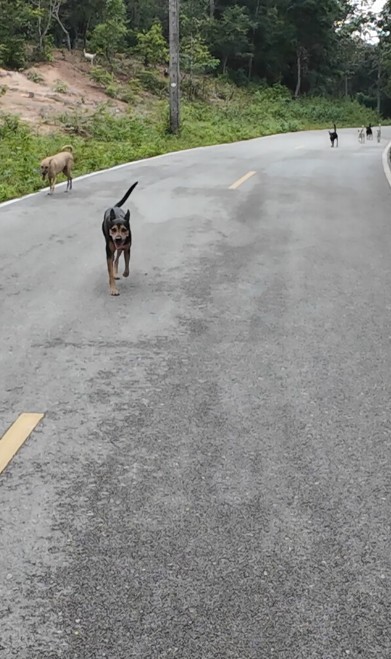
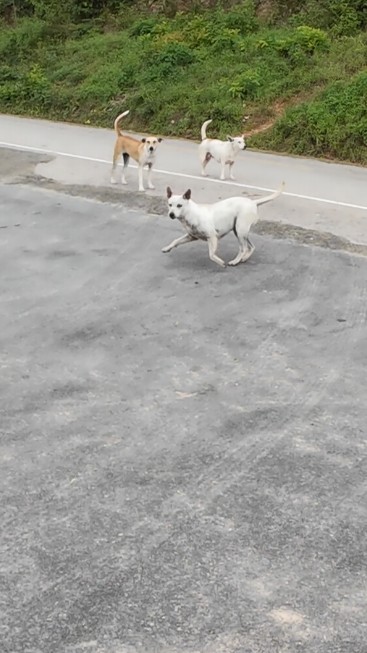

Systems shape behaviour. Multi-dog households act like ecosystems, with simple daily exchanges building complex social patterns that thrive under supportive conditions.
Comparative Pack Structures: Learning from Wolves, Ferals, and Family Dogs
Wolf Pack Wisdom: Natural Order in the Wild
Wolf packs, often misunderstood as tyrannical hierarchies, actually demonstrate remarkably low entropy through sophisticated cooperation and clear communication. The stable family structure of a wolf pack – typically parents and their offspring – creates natural order without the harsh dominance battles once believed to define them. This natural model offers valuable insights for understanding our domestic dogs’ social needs.
In wolf societies, leadership is contextual and often shared. The breeding pair doesn’t rule through force but through experience and the natural respect offspring show parents. Hunting might be led by the individual with the best tracking skills, while the decision to move dens might fall to the breeding female. This distributed leadership model maintains order while preserving flexibility – a lesson directly applicable to multi-dog households.
What wolf dynamics teach us:
- Family bonds create natural stability without forced dominance
- Leadership varies by situation and expertise
- Affiliative behaviors far outnumber aggressive ones
- Clear communication prevents most conflicts before they start
- Resource sharing follows predictable, peaceful patterns in stable packs
The low entropy of wolf packs emerges from their evolutionary history as cooperative hunters and child-rearers. Every member has a vital role, and disrupting the social fabric threatens everyone’s survival. While our domestic dogs don’t face the same survival pressures, they’ve inherited this capacity for sophisticated social organization.
Feral Dog Communities: Adaptation and Flexibility
Feral dog groups provide a fascinating middle ground between wild wolves and domestic pets, showing us how dogs naturally organize themselves without human intervention. These groups typically display higher entropy than wolf packs but have developed unique strategies for managing social complexity in human-adjacent environments.
Unlike wolf packs’ stable family units, feral dog groups often consist of unrelated individuals who must negotiate relationships without kinship bonds. This creates more fluid hierarchies and frequent renegotiation of social positions. Yet these groups still achieve functional stability through flexible cooperation and conflict avoidance strategies.
Feral dog social innovations:
- Temporary alliances for resource acquisition or defense
- Flexible group membership allowing individuals to join or leave
- Ritualized conflicts that rarely escalate to injury
- Cooperative pup-rearing even among unrelated individuals
- Time-sharing of prime resources rather than exclusive ownership
These adaptations show us that dogs can maintain social order through various strategies beyond rigid dominance. The higher entropy in feral groups isn’t necessarily problematic – it represents a different but equally valid organizational strategy adapted to their unpredictable environment.
Domestic Multi-Dog Households: Unique Challenges and Opportunities
Your multi-dog household represents a unique social experiment, combining elements from both wolf and feral dog societies while adding the profound influence of human management. This creates both challenges and opportunities not seen in natural canid groups. Understanding these unique dynamics helps you work with, rather than against, your dogs’ natural social tendencies.
Domestic dog groups often consist of unrelated individuals of different breeds, ages, and socialization histories – a combination that would never occur naturally. Some dogs might have learned social skills from their mothers and littermates, while others were separated too early. Some breeds were selected for cooperation, others for independence. This diversity can create higher baseline entropy than natural groups.
The domestic advantage lies in human ability to provide:
- Abundant, predictable resources eliminating survival competition
- Environmental management reducing stressors
- Medical care addressing health issues that might affect behavior
- Structured socialization opportunities
- Consistent intervention preventing conflict escalation
Yet domestic constraints can also increase entropy. Limited space, artificial scheduling, and the inability to choose pack members all create pressures not faced by wild or feral groups. Your challenge is to leverage the advantages while mitigating the constraints, creating conditions where your unique pack can find its own stable, low-entropy configuration.

Practical Applications: Building a Harmonious Pack
Diagnostic Tools: Measuring Your Pack’s Entropy
Understanding your pack’s current entropy level is the first step toward improving their social dynamics. By developing a systematic way to assess disorder in your household, you can identify problems before they become crises and track the effectiveness of interventions. Think of this as taking your pack’s “social temperature” – a routine health check for group dynamics.
Creating your entropy assessment includes tracking:
- Frequency of conflicts per day/week
- Duration and intensity of disagreements
- Number of voluntary positive interactions
- Stress signals displayed by each dog
- Changes in individual behavior patterns
- Resource guarding incidents
- Successful conflict resolutions without human intervention
Keep a simple log for two weeks, noting these indicators. You’ll likely see patterns emerge – perhaps conflicts spike before dinner time, or certain dog combinations trigger higher entropy. This data transforms vague concerns like “they’re not getting along” into specific, addressable issues.
The beauty of an entropy-based diagnostic is its objectivity. Rather than labeling dogs as “dominant” or “submissive,” you’re measuring the system’s overall stability. A dog showing assertive behavior might actually be responding to systemic instability rather than having an aggressive personality. This shift in perspective opens new intervention possibilities.
Intervention Strategies: Reducing Disorder Without Dominance
Traditional training often imposed artificial dominance hierarchies, believing this would create order. But complexity science shows us that sustainable order emerges from within the system, not from external force. Your interventions should facilitate natural organization rather than dictate rigid structures.
Environmental modifications for lower entropy:
- Create multiple resource stations to eliminate bottlenecks
- Install baby gates allowing visual contact but physical separation when needed
- Provide elevated resting areas for dogs who prefer observation posts
- Establish quiet zones where overwhelmed dogs can decompress
- Design feeding arrangements that prevent competition while maintaining social bonds
Behavioral interventions that promote natural order:
- Reward all dogs simultaneously for calm group behavior
- Interrupt tension early with positive redirection, not punishment
- Facilitate successful parallel activities like group walks or training
- Support natural peacemakers by reinforcing their mediation attempts
- Create positive associations between dogs through shared pleasant experiences
The key is working with your dogs’ natural tendencies rather than against them. If one dog naturally tends toward leadership in certain contexts, support that role while ensuring it doesn’t become oppressive. If another dog prefers to follow, respect that choice while ensuring they have agency in their decisions.
Managing resources to minimize competition requires thoughtfulness about both distribution and timing. Scatter feeding can transform mealtime from a competition into a collaborative foraging experience. Rotating access to special toys or preferred resting spots ensures everyone gets their needs met without conflict. The goal isn’t equal distribution but equitable access that respects individual preferences while preventing monopolization.
Building Resilience: Strengthening Your Pack’s Adaptive Capacity
A resilient pack can absorb disruptions and reorganize without falling into chaos. Building this resilience is like strengthening your immune system – it doesn’t prevent all challenges but helps your pack recover quickly and potentially emerge stronger. This approach focuses on enhancing your dogs’ ability to cope with change rather than preventing all stressors.
Stress inoculation through controlled challenges:
- Gradually introduce novel experiences in a supported environment
- Practice routine changes in non-critical contexts
- Build confidence through successful problem-solving opportunities
- Create positive associations with previously stressful situations
- Teach coping strategies like mat training for self-soothing
When your pack has high resilience, temporary disruptions like visitors, schedule changes, or even minor injuries don’t destabilize the entire system. The dogs have learned that change doesn’t threaten their security, and they trust both you and each other to navigate challenges together.
Fostering adaptive relationships means encouraging flexibility in your dogs’ social roles. During play sessions, encourage role reversals where the usual chase leader becomes the one being chased. In training, vary who goes first or who demonstrates behaviors. This flexibility prevents rigid patterns that might break under pressure and builds a more dynamic, adaptable social structure.
The ultimate goal is a pack that self-regulates, where dogs naturally adjust their behavior to maintain group harmony. This might mean your younger dog learning to moderate play intensity with seniors, or your resource-sensitive dog becoming more generous as they experience consistent abundance. These adaptations emerge from experience within a well-managed system, not from imposed rules. 😄
The Future of Pack Harmony: Distributed Leadership and Natural Order
Beyond the Alpha: Understanding Distributed Leadership
The outdated alpha theory assumed dog packs needed a single, dominant leader. But research in complex systems and animal behavior reveals a far more sophisticated reality: successful groups often employ distributed leadership, where different individuals lead in different contexts. This natural phenomenon offers a blueprint for managing multi-dog households that’s both more effective and more humane than dominance-based approaches.
In your pack, you might already see distributed leadership in action. Perhaps your older dog leads the alert to strangers approaching, while your youngest initiates play sessions. Maybe your middle dog takes charge during walks, setting the pace and direction, while another becomes the leader during training sessions. These contextual leadership roles emerge naturally when we stop trying to force a single hierarchy.
Supporting distributed leadership in your pack:
- Recognize and respect each dog’s areas of expertise or confidence
- Allow different dogs to make decisions in their comfort zones
- Avoid forcing shy dogs into leadership or confident dogs into constant following
- Create opportunities for each dog to experience success in leading activities
- Celebrate the unique contributions each dog brings to group dynamics
This approach reduces entropy by allowing dogs to operate from their strengths rather than constantly competing for a single “top dog” position. It also builds resilience – if one leader is unavailable (sick, absent, or stressed), others can naturally step into those contextual leadership roles without destabilizing the entire system.
Emergence of Natural Order Through Self-Organization
The most profound insight from complexity science is that order doesn’t require external imposition – it can emerge spontaneously from the interactions of system components. In your dog pack, this means that given the right conditions, your dogs will naturally organize themselves into stable, peaceful configurations without you needing to enforce rigid rules.
Self-organization in dog packs appears in countless ways. Dogs develop their own greeting rituals, establish preferred play partnerships, and create time-sharing agreements for favored resources. These patterns emerge from repeated interactions and mutual adjustments, not from conscious planning or human decree.
Facilitating self-organization requires:
- Patience to allow natural patterns to develop
- Consistency in providing environmental structure
- Minimal interference in non-dangerous interactions
- Recognition and support of emerging positive patterns
- Trust in your dogs’ ability to solve social problems
When you step back from micromanaging every interaction, you might be surprised by the sophisticated social solutions your dogs develop. They might create elaborate turn-taking systems for attention, develop unique play styles that accommodate different energy levels, or establish peaceful coexistence strategies you never would have imagined.
Technology and Science: The Future of Pack Management
Emerging technologies and scientific understanding are revolutionizing how we understand and manage dog social dynamics. From wearable devices that track stress indicators to software that analyzes interaction patterns, we’re entering an era where pack management can be truly data-driven and scientifically informed.
Cutting-edge approaches being developed include:
- Biometric monitoring revealing real-time stress levels during interactions
- AI-powered behavior analysis identifying subtle pattern changes
- Environmental design based on complex systems modeling
- Predictive algorithms anticipating potential conflicts before they occur
- Virtual reality training helping dogs practice social skills safely
These technologies don’t replace the human-animal bond but enhance our ability to understand and support our dogs’ social needs. Imagine knowing your dog’s stress level is rising before visible signs appear, or predicting that a change in routine might push your pack toward a tipping point. This knowledge empowers proactive management that prevents problems rather than just addressing them.
The convergence of ethology, physics, and technology is revealing that dog social behavior is far more complex and sophisticated than we ever imagined. As we continue to uncover these patterns, our ability to create harmonious multi-dog households will only improve. The future of dog pack management isn’t about dominance or control – it’s about understanding and facilitating the natural emergence of order. 🐾
Conclusion: Creating Your Harmonious Pack
As we’ve explored throughout this journey into the physics of pack dynamics, your multi-dog household is far more than a simple dominance hierarchy. It’s a complex adaptive system where countless small interactions create emergent patterns of harmony or discord. By understanding concepts like entropy, tipping points, and self-organization, you’re equipped with a revolutionary framework for creating lasting peace in your pack.
The shift from dominance-based thinking to complexity-aware management isn’t just scientifically accurate – it’s profoundly practical. Instead of constantly asserting authority, you become a facilitator of natural order. Rather than imposing rigid rules, you create conditions where cooperation is the path of least resistance. This approach works with your dogs’ inherited social wisdom rather than against it.
Remember that every dog pack is unique, influenced by individual personalities, histories, and your specific environment. The principles we’ve discussed – reducing entropy through environmental management, supporting distributed leadership, facilitating positive feedback loops – provide a framework, not a rigid formula. Your role is to adapt these insights to your pack’s specific needs, always observing, adjusting, and learning.
Your action steps for a harmonious pack:
- Assess your current household entropy using behavioral indicators
- Identify and modify environmental stressors increasing disorder
- Support natural leadership and positive social facilitators
- Create abundant resources and opportunities for positive interaction
- Build resilience through controlled challenges and stress inoculation
- Trust in your dogs’ ability to self-organize when given proper conditions
The journey toward a harmonious pack isn’t always linear. Like any complex system, there will be fluctuations, temporary increases in entropy, and unexpected reorganizations. But armed with this understanding, you can navigate these changes with confidence, knowing that order can emerge from apparent chaos when the conditions are right.
Is this approach right for your pack? If you’re tired of constant conflict management, if dominance-based training feels wrong, or if you simply want to understand your dogs’ social world more deeply, then yes. This science-based, compassion-driven approach offers a path to the peaceful, joyful multi-dog household you’ve always wanted. Your dogs already possess the wisdom to create harmonious social structures – they just need you to provide the framework within which that wisdom can flourish. 🧡

